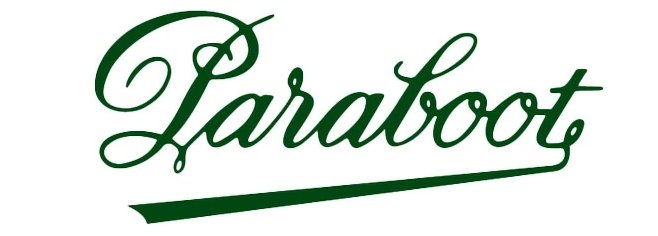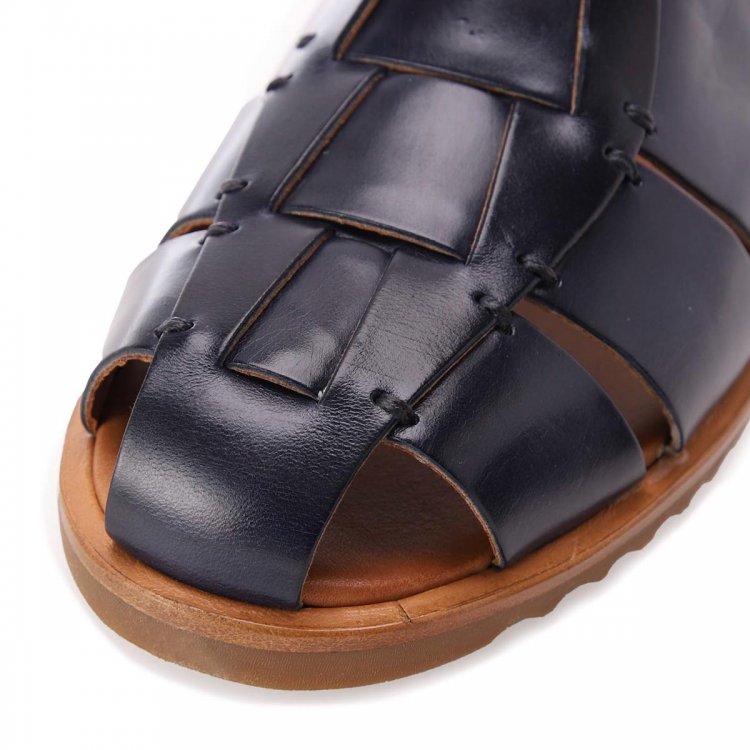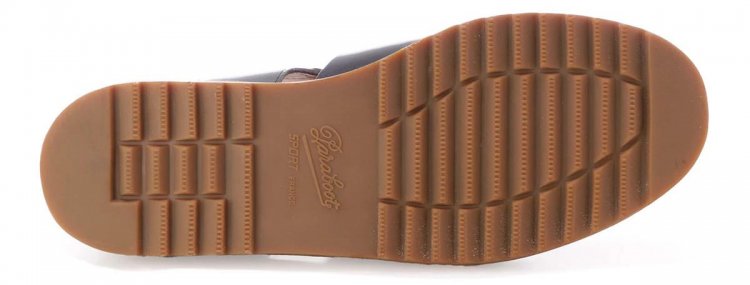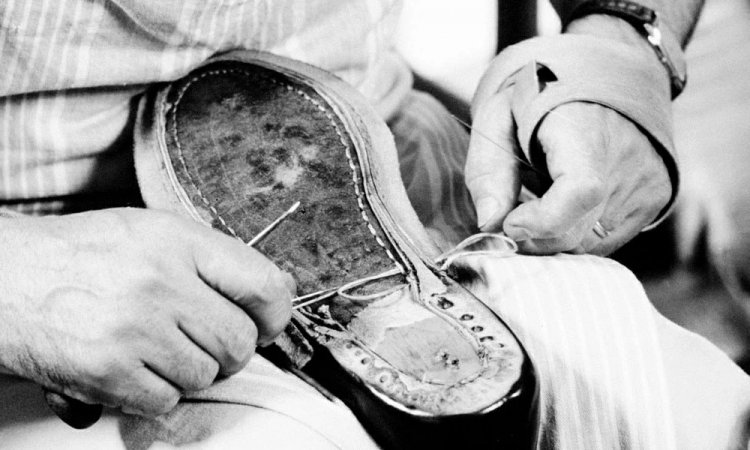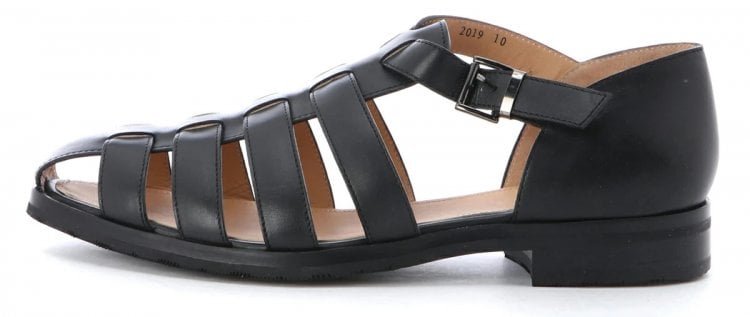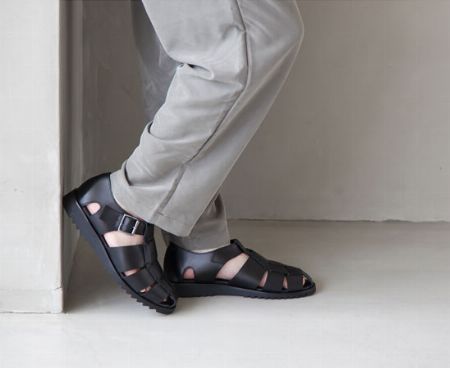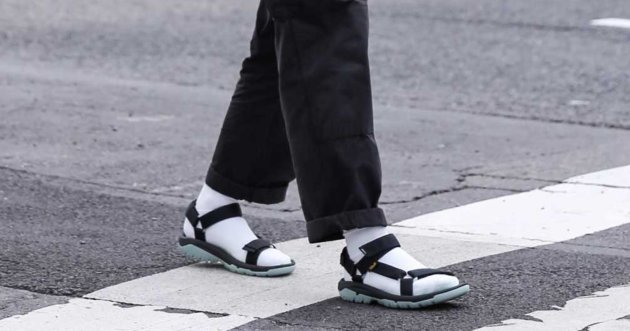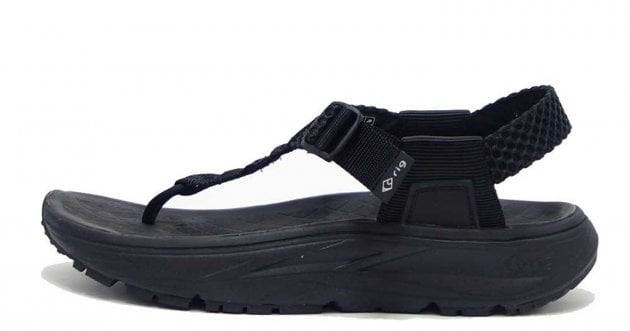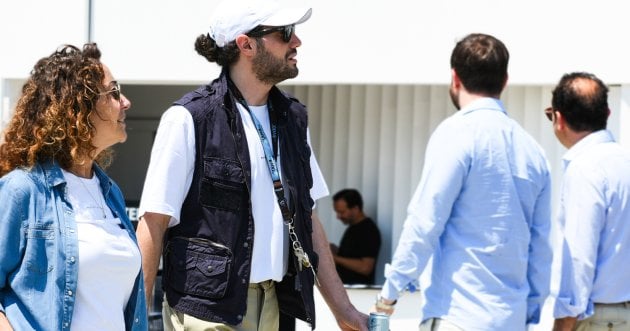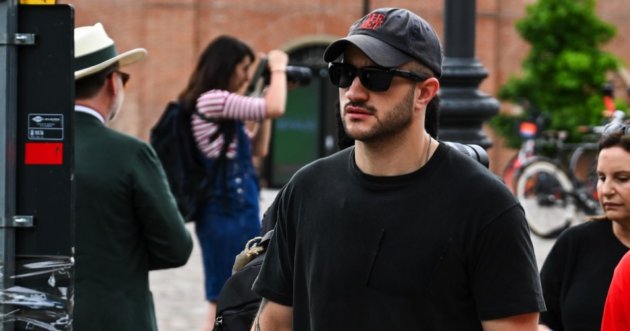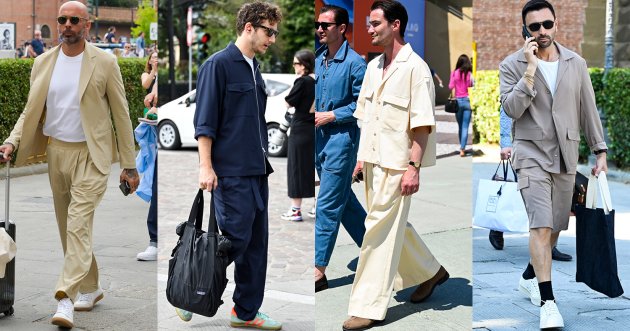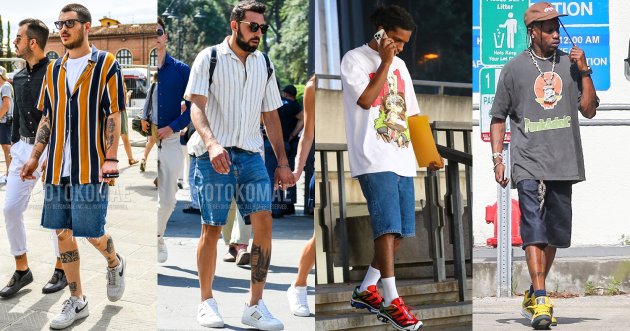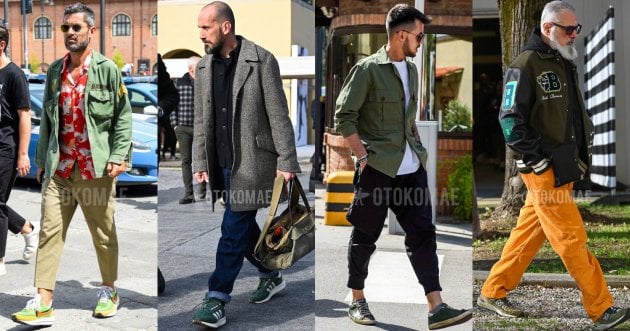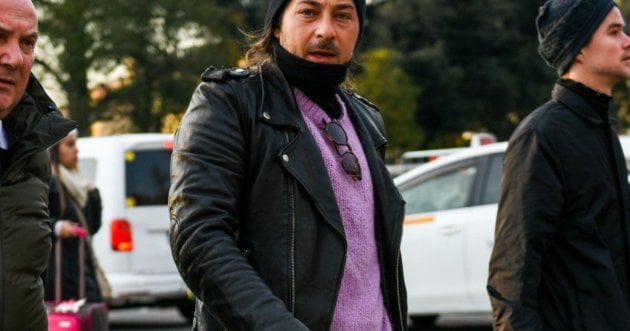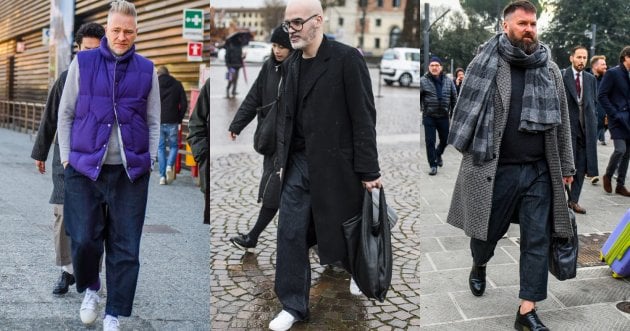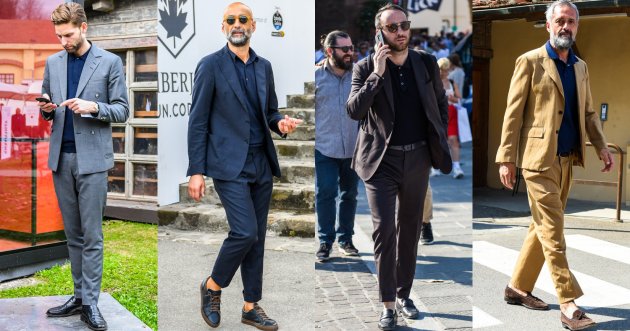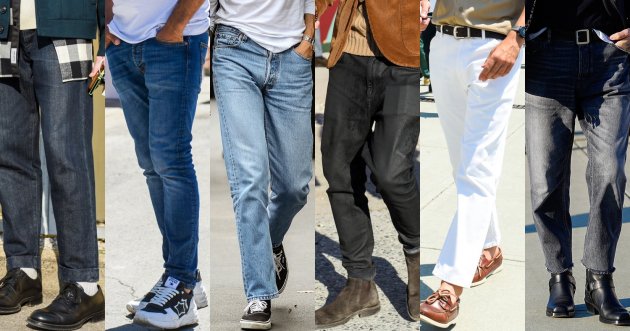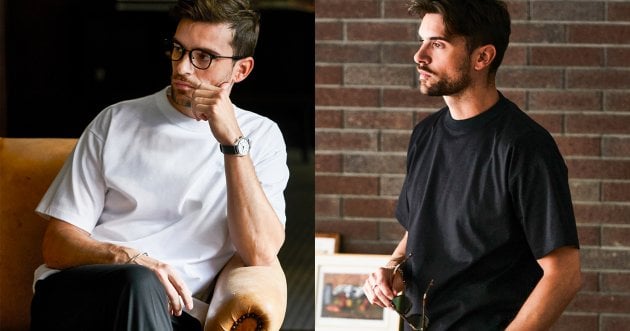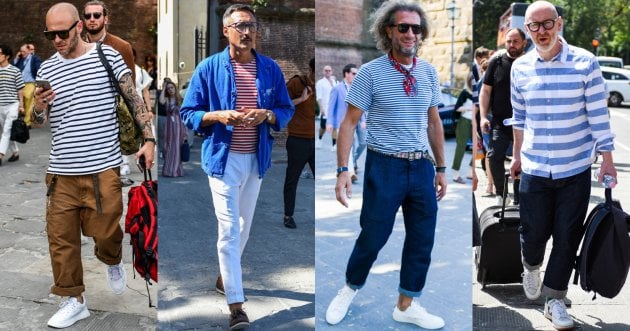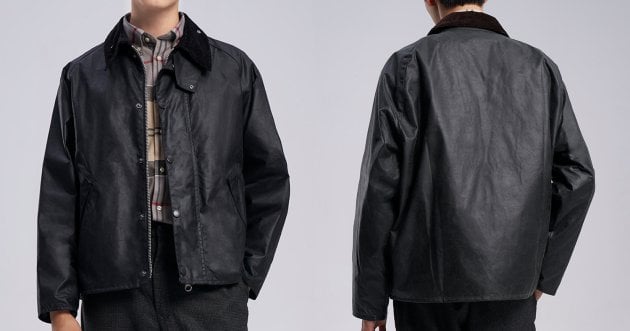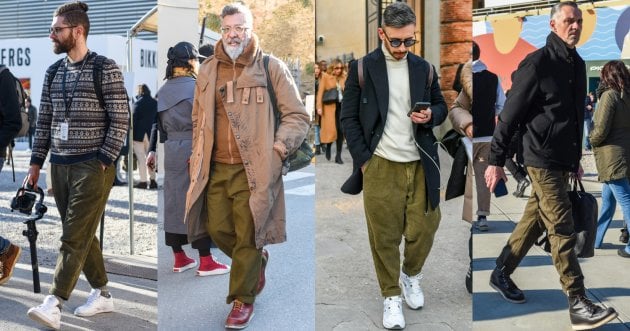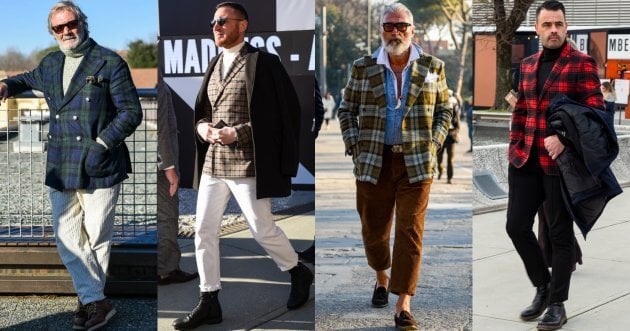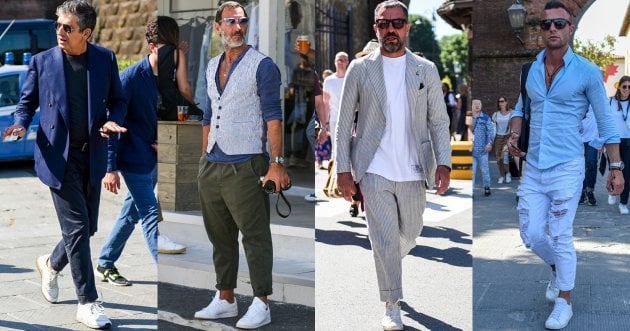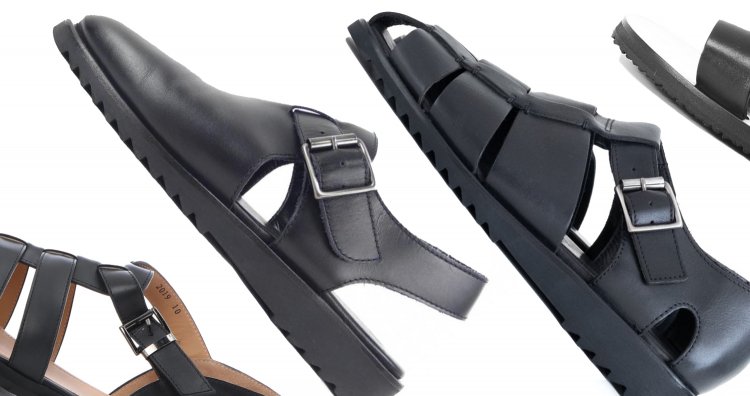
Paraboot” is a long-established French leather brand with a history of more than 100 years. The boots, which are still manufactured by hand at factories in France, are leather shoes that have long been loved by people around the world for their excellent durability as well as design. The most representative models of Paraboot are the U-tip ” Chambord ” and the Tyrolean ” Michael,” but in recent years, the popularity of leather sandals has also been on the rise. With a large area and number of parts covering the foot, leather sandals with mature specifications that can be worn in seasons other than summer are a must-have. In this issue, we focus on Paraboot’s leather sandals and introduce their charm and recommended sandals!
Suponsered by
What is ” Paraboot “, France’s proud leather shoes brand?
The origin of ” Paraboot ” is a small shoe factory opened by Mr. Remy Richard Ponvert in 1908. Originally, the company manufactured shoes and mountaineering boots for the upper class in Paris, but when he traveled to the U.S. in 1927, he found a pair of boots covered with rubber, which inspired him to use “natural latex” from rubber trees imported from the port of Para in Brazil for the sole. The idea was to use “natural latex” from rubber trees imported from the Para port in Brazil for the sole, which was then incorporated into leather shoes. After that, there is a background that the brand name that was launched reflects the port name “Para (Para)” and was named “Paraboot (para-boot). The company has acquired a patent for its original rubber developed from Para rubber. It is the only French leather shoe brand in the world to manufacture rubber soles “in-house” and is the pride of France.
For details and purchase, click here.
This is what Paraboot is all about! What are the features that can be recognized at a glance?
The characteristic of Paraboot (1) “LISSE LEATHER, also known as the jewel of France, is used in many models!
LISSE LEATHER is used in many Paraboot products. It is an oiled leather made of durable thick calf leather soaked in plenty of oil. The large amount of oil makes it highly resistant to water and durable, and it is a material that can be enjoyed as it changes over time. The leather is scratch-resistant and can be worn for a long time in good condition if well cared for. The leather with a beautiful texture, also known as “French jewel” for its elegant luster and texture, will surely enhance men’s adult coordination in an attractive way.
Click here for details and purchase
Characteristic of Paraboots 2 “Only one in the world! The “rubber sole” manufactured in our own factory in France.
Mr. Ponvert got the idea of using rubber soles for the soles of his shoes from a hint of rubber shoes he found in the U.S. At the time, soles were made of wood or leather. In Europe, where wooden or leather soles were all that was available at the time, rubber soles were a very innovative idea. The company’s own rubber sole, made of natural latex material from the Para rubber tree, surprised people at the time with its cushioning and outstanding comfort, and became the talk of the town. The shoes were initially renowned as work shoes because of their robust, abrasion-resistant, and comfortable fit. They were favored by firefighters, mail carriers, military personnel, and other workers, and were even designated as military shoes by the French Navy. In addition, they were used by adventurers such as Arctic explorer Paul Emile Viktor, and they also gained a position as outdoor shoes. Even today, the same manufacturing process has been inherited and is still used in a variety of fields.
Click here for details and to purchase
Characteristic of Paraboot (3) “Three different manufacturing methods for different types of shoes
Three manufacturing methods are used for Paraboot shoes: “Norwegian method,” “Goodyear welt method,” and “break method,” and the company chooses the method that best suits each shoe. The ” Norwegian method ” used in many Paraboots is a technique developed in Northern Europe to protect them from cold and rain. In order to increase waterproofness, this method is stitched horizontally, vertically, and vertically in an L-shape with thick threads, and the major difference from Goodyear welt is that two stitches are visible on the outside. The two stitches are designed to add a casual touch to everyday wear. This technique, in which the inner sole, upper, and welt are horizontally scooped and stitched to the convex ribs on the inner sole, results in a very sturdy construction, making them a pair that can be worn hard. The difficulty level of this technique is quite high, and it is quite rare to find a brand that handles it. Until about half a century ago, this technique was used for outdoor shoes such as mountaineering shoes, and Paraboot, which has been manufacturing mountaineering shoes since its establishment, excelled at this technique and still reflects it in many of its products.
Click here for details and to purchase
The “break process” is the most common manufacturing method used for sandals!
The sandals we are focusing on this time use the ” break manufacturing method. The Blake method is called the “Mackay method” in Japan and the U.S. It was named after Ryan Blake, an American who invented the machine in 1858. The Blake method is characterized by its lightness and suppleness, as there is no welt and the shoes are sewn directly onto the outsole. Because each part is sewn inside the shoe, the stitching is not exposed, creating a stylish atmosphere. This method is suitable for sandals because it allows for a thin sole and smart silhouette, giving a clean and light impression.
Click here for purchase and details
Characteristic 4 “Made in France” of Paraboot
Paraboot has been committed to Made in France since its establishment, and all of its products are manufactured by hand by craftsmen at its factory in France. All of the more than 150 processes, including leather procurement, rubber soles developed in-house, and the Norwegian and Blake manufacturing methods, are carried out in France. In addition, more than 70% of the materials used are produced or processed in France. The French people are proud to be able to say with pride that their shoes are “the leather shoes that represent France.
Click here for purchase and details
2/2GO TO NEXT PAGE
